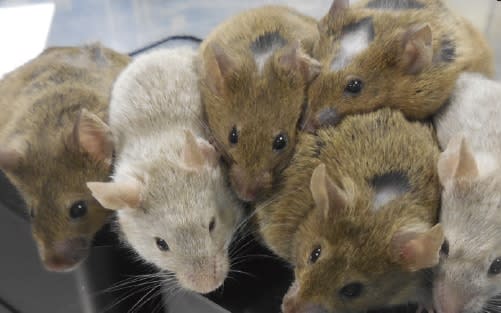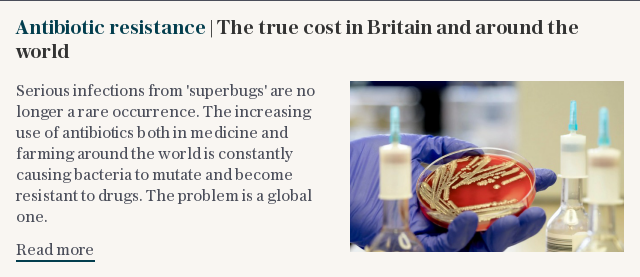House mice carry deadly antiobiotic-resistant diseases, scientists warn

House mice carry potentially fatal antibiotic-resistant diseases which could be passed on to humans, scientists have warned.
A new study into hundreds of rodents caught from domestic premises found evidence of pathogens such as E.coli, C. difficile and Salmonella.
Genetic analysis of their droppings revealed these included strains resistant to several common antibiotics.
All the bugs identified were capable of causing gastro-intestinal infections that in severe cases can be life-threatening.
Previous research has shown that bugs which cause illnesses in humans can transmitted as a result of food contamination with animal waste.
The new study, which took place in New York, follows an investigation in London last year which revealed the Tube network was a “hotbed” of drug-resistant superbugs, carried rodents.

Antimicrobial-resistance, where strains of bacteria become immune to antibiotic drugs, is one of the gravest current threats to global health, with experts estimating it could result in 10 million unnecessary deaths a year by 2050.
The problem has arisen due in part to the irresponsible prescription of antibiotics for humans, but also because of the blanket use of the drugs on animals in agriculture.
Mice are more worrisome because they live indoors and are more likely to contaminate our environment, even if we don't see them
Professor Ian Lipkin, study co-author
Simon Williams, who led the research at Columbia University, said: "Our study raises the possibility that serious infections, including those resistant to antibiotics, may be passed from these mice to humans, although further research is needed to understand how often this happens, if at all."
The scientists spent a year collecting 416 mice from residential buildings at seven sites across New York City.
The rodents' droppings were analysed for signs of bacteria that could potentially be spread to humans in contaminated food.
Evidence of 36 viruses was also found in the mouse droppings, including six new strains, none of which were known to infect humans.
Some of the genetic sequences matched those for viruses that infect dogs, chickens and pigs as hosts, suggesting they had crossed between species.
A previous study by Columbia University researchers found that New York City rats carried some of the same types of bacteria.

Co-author Professor Ian Lipkin, director of the university's Center for Infection and Immunity, said people tend to be more concerned about the health risks associated with rats because the animals are more visible.
But he added: “From a public health vantage point, mice are more worrisome because they live indoors and are more likely to contaminate our environment, even if we don't see them."
A second study, also published in mBio, provides a detailed look at viruses present in the mice droppings.
It found 36 viruses, including six new viruses, none of which are known to infect humans. However, the research team identified genetic sequences matching viruses that infect dogs, chickens, and pigs, suggesting the possibility that some of the viruses had crossed over from other species.

Last year’s research on the Tube by London Metropolitan University found the Victoria line was the dirtiest line with 22 different types of bacteria detected in board the trains, including the four of the world’s most threatening bugs.
The Metropolitan line was the least dirty, with 11, followed by the Bakerloo and Hammersmith and City on 13 and 14 respectively.
In total, nine bacteria from the World Health Organization’s list of drug-resistant bacteria that pose the biggest threat to human health were found on the Tube.
Protect yourself and your family by learning more about Global Health Security

